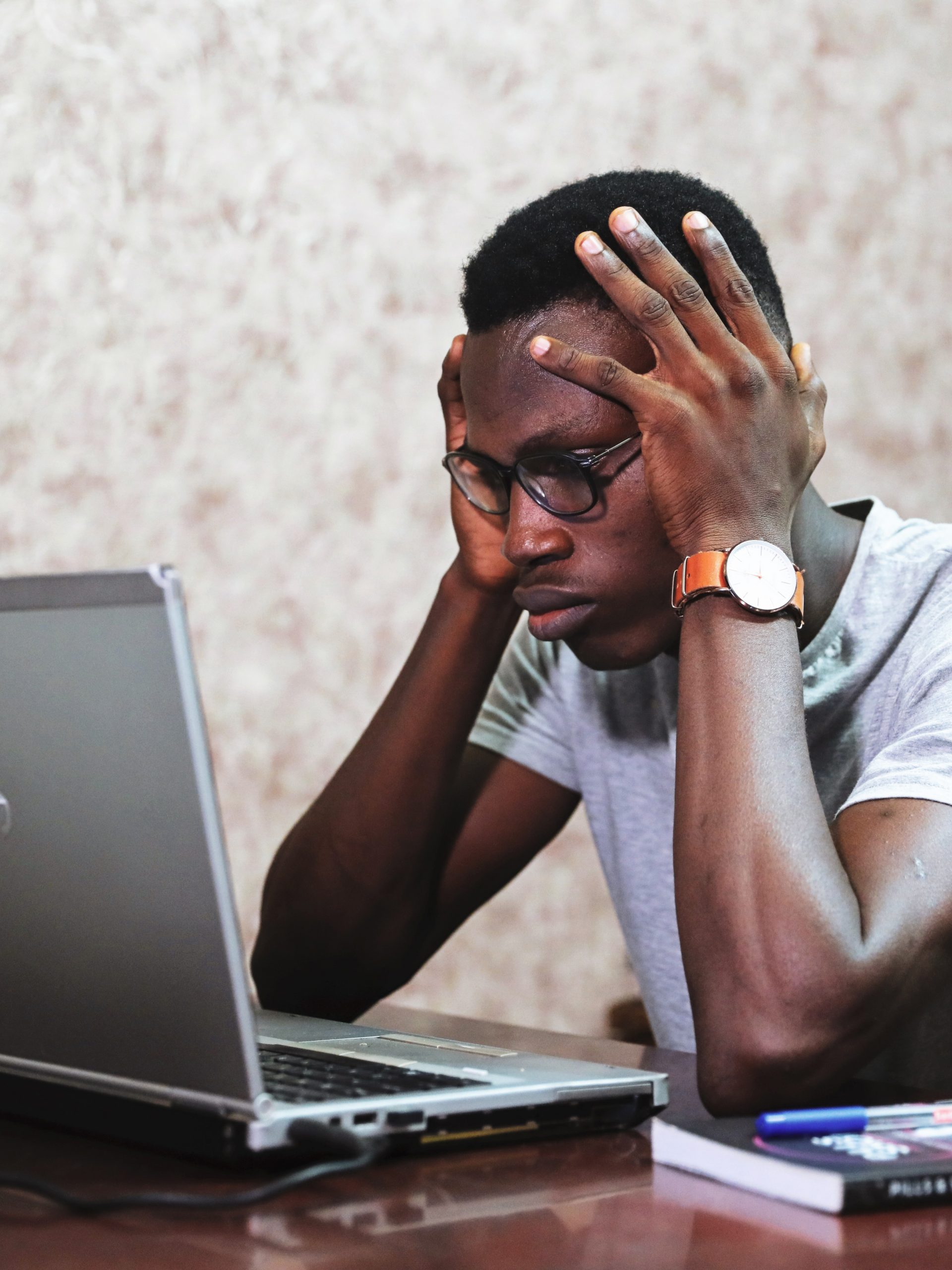It has been an issue which has been talked about going back to the first lockdown, but exhaustion after teaching online is quite a common phenomenon. It is quite difficult to pin down the reasons for it but there are one or two obvious points that need to be born in mind.

When teaching face to face there is constant interaction between the teacher and the pupil, listening, speaking, demonstrating and body language are all very clear ways of communicating, albeit much of it non-verbally. This is amplified by the fact that the teaching space, depending on its size, reverberates and bounces much of the sound off walls and furniture, both verbal and musical which creates a surround sound experience for all participants.
When the same people are remotely communicating over the internet the experience is different. The words and music are the same and the teacher can explain what needs to be done and the student can try it out. The teacher can hear it and give some feedback and the student can ask questions and receive answers. So what is the problem?
It is largely one of focus. When a lesson is delivered face to face then the sounds come from various sources, the instrument or voice itself, the sound is also bouncing off the walls and ceilings and creating some reverberation. When viewed over a laptop screen there is only one source of sound, the speakers themselves, and the teacher is getting the audio information from one direction so that is attracting their full attention. Often a student is not in full screen so reading posture and body language is more difficult, so a reaction to a particular performance or comment from the teacher cannot be assessed as easily. In addition, nearly all internet connections slow down or freeze from time to time, so hearing what is happening is more difficult and so concentration needs to be more acute.

Overall, the problem of fatigue arises from the fact the teacher is obtaining information from just one two-dimensional source, over a connection which is sometimes unreliable. Consequently, all their attention is focussed on the screen and the concentration required is high. The teacher needs to make sure that they are not missing anything and is constantly trying to gain as much peripheral information about the pupil and the performance as they can. They also get sound from either the computers speakers, which isn’t always great quality, or headphones, and although sound can be very good from high quality headphones, the sound is also focussed directly into the ears. This may be in excellent stereo but still lacks the surround sound that a teaching room creates, meaning yet another thing to focus on.
It has always been known that watching a TV or computer screen for extended periods can cause eye strain and fatigue. The bright screen and harsh light they generate don’t help and probably exacerbate the health problems that can occur with extended use of technology. There is no silver bullet to solve this but something that may help is to try and incorporate breaks between sessions, not always an easy thing to achieve due to the time constraints of pupils, but the longer the gaps between lessons the better (I’m not great at this by the way). Using dark themes where they are available may also help reduce eye strain but, in an age where we are discouraged from going out and meeting others, technology is a great boon. Although they have some disadvantages as far as health and welfare are concerned, the relatively small 2-dimensional screen has kept lots of peripatetic music teachers in work, and so long as things do get better this year as hoped, then we will have to reflect ourselves if the price of fatigue is one we are prepared to pay to stay in work.



